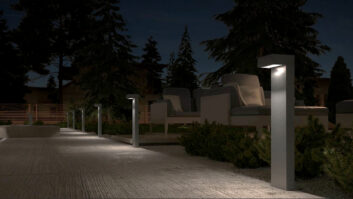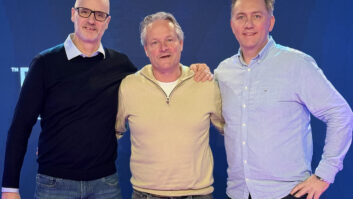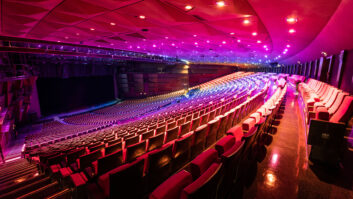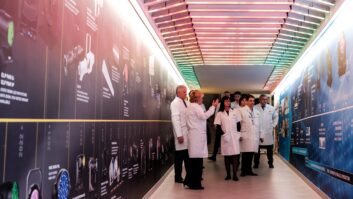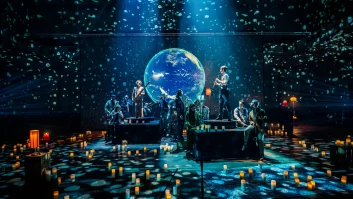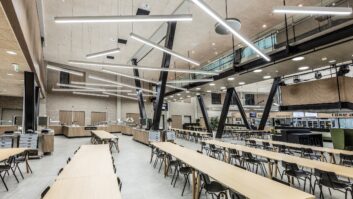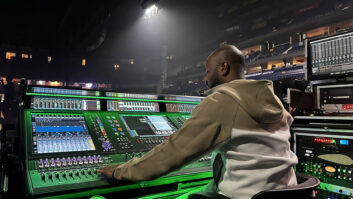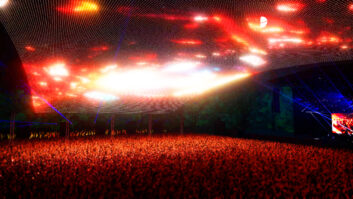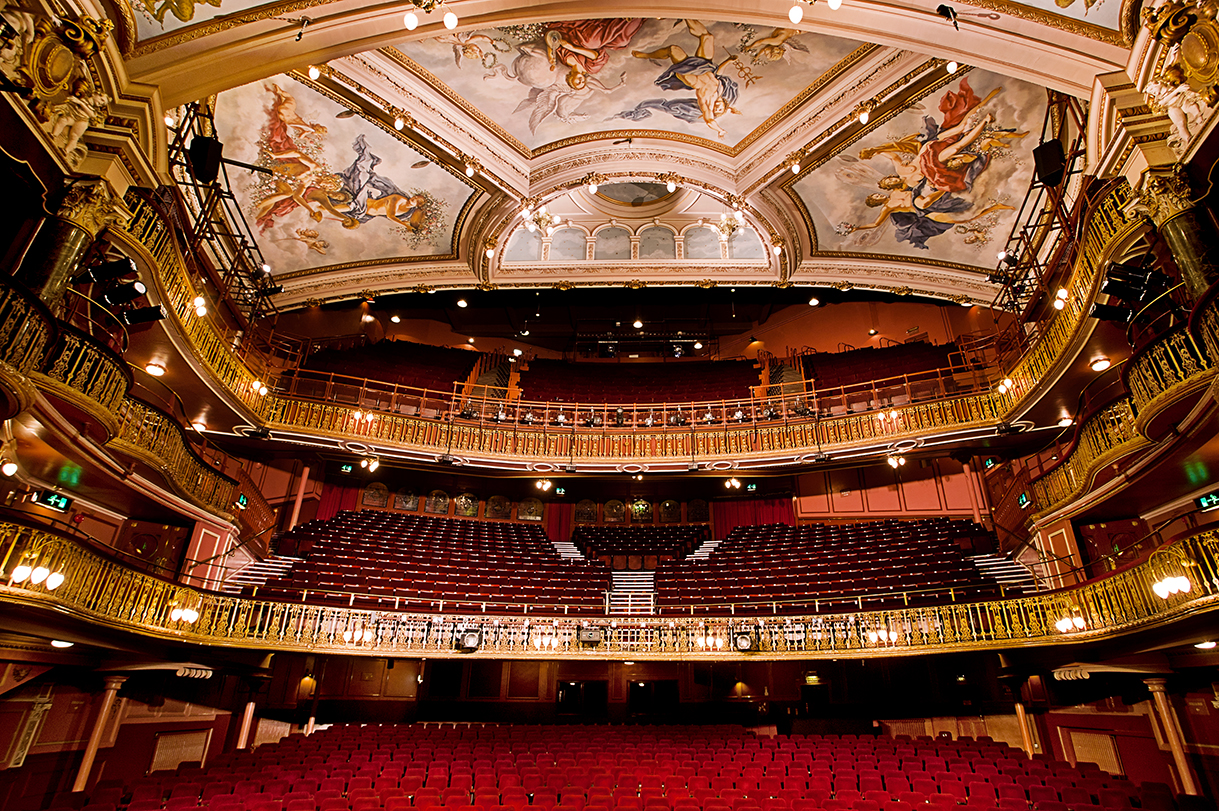
The introduction of high-power, controllable LED luminaires in the theatre has had great effect and enabled radical changes in the way that venues operate and deliver shows. “The attitude to how shows are lit is changing, largely because of the flexibility and capability of LED and the effects that can be produced,” says Phil Yeomans, Carnival UK’s entertainment sound and light manager. “In addition, the extended lamp life of LED, reduction in power and weight are a massive boon to the cruise entertainment sector: we have to carry all our spares, produce our own power and cannot easily access fixtures at high levels while at sea, so anything that addresses those is a major advantage; even if the capital cost is slightly higher.”
However while this technology may have revolutionised the industry it has not, yet, completely taken over. “The large touring shows we put on in our theatres will arrive with their own stage lighting rig which is often hired-in and will be LED-based predominantly: moving heads, scenery washes and special effects,” explains Stuart Graham, assistant head of technical services for the Ambassador Theatre Group. “We will provide the front-of-house equipment – profiles etc, which are generally tungsten based. At the moment the group is not investing in LED for this area of application, although it is a topic of constant discussion. It is not the right time. What we have works, and there are no LED alternatives that are cost-effective in the 750W to 1,000W range that can deliver the brightness and white light that is so typical of live theatre. We are still installing dimmers, but are also laying in data cables during renovation in preparation for LED luminaires that use electronic dimming and integral control.”
Matt Armendariz-Kerr, ETC’s entertainment market manager, points out: “ETC’s Source Four LED Series 2 luminaires match or surpass the output of the 575W incandescent ones, for many colours; particularly on medium-saturated colours. The gap with 750W versions is closing and we are currently focusing on sustaining useful output across the spectrum of colours that users need, rather than maximising one particular one to achieve peak brightness.”
“Traditionally tungsten sources have been the mainstay of theatrical lighting, which have great dimming curves and a colour rendering index of 100, so any other lamp source has a lot to live up to in performance terms, so it’s a gradual transition,” explains Mark Ravenhill, president of GLP, German Light Products Inc.
“LED is being incorporated more and more into venues and shows. However, there is still room for improvement and we will see developments, particularly in regard to colour rendering and brightness as the technology becomes even better. We have lots of wash lights and some spot-based fixtures, but there are still fixtures in use in a theatre that don’t have LED alternatives.”
LED is here, and it is advancing, but it is not yet the perfect solution, as Alex Wardle, head of project management for Charcoalblue, points out: “LED lighting is great: it allows us to provide effects that cannot be achieved and has advantages over traditional illumination. But it is not necessarily the right solution for everything. There is an emotional effect from the white light of a sharp beam cutting through a theatre that cannot be recreated by LED. I, for one, hope that tungsten will not be banned or discontinued in the near future, for environmental reasons or others; our theatres will be poorer because of it.”
